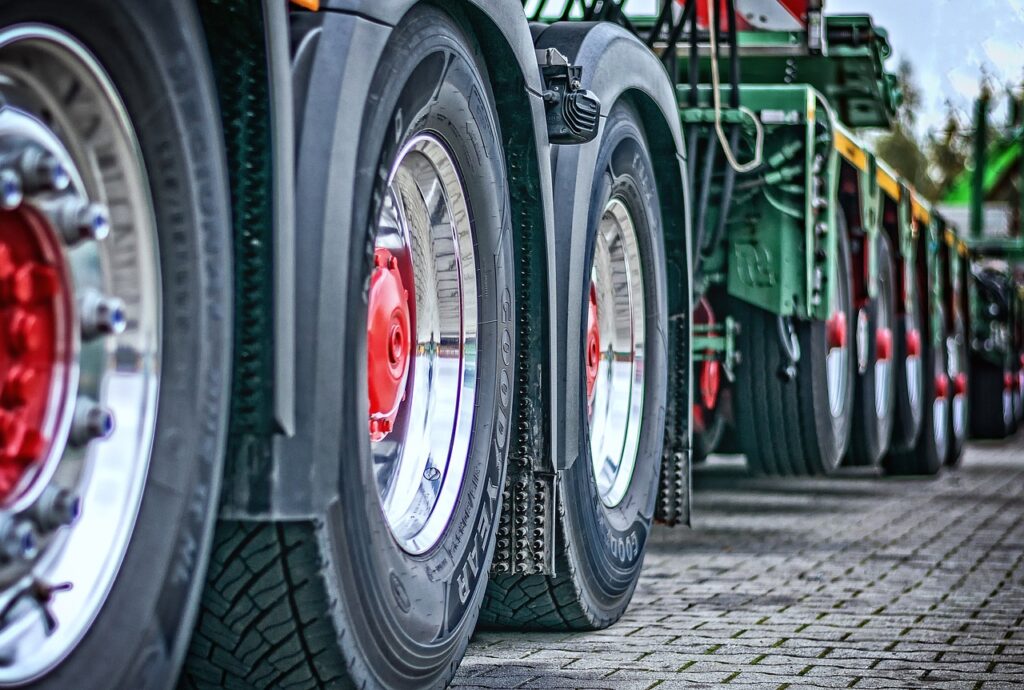Daimler Truck is tempering short-term expectations for hydrogen fuel cell trucks, pushing back market introduction until after 2029. Yet despite the delay, the company remains committed to hydrogen’s long-term role in decarbonizing heavy-duty transport—particularly in Europe, where supportive policy frameworks are gradually taking shape.
Speaking at Daimler’s 2025 Capital Market Day, Andreas Gorbach, board member responsible for truck technology, offered a measured assessment of hydrogen’s commercial trajectory. While acknowledging persistent risks—chief among them a lack of infrastructure and uncertain political momentum—Gorbach emphasized that the potential value for customers and shareholders “is incomparably bigger than the risks.”
The recalibrated timeline comes as the broader hydrogen ecosystem faces mounting scrutiny. Infrastructure deployment across Europe has lagged behind forecasts, and even with the European Commission’s hydrogen corridor ambitions, large-scale refueling networks remain in early stages. A February 2024 report by Hydrogen Europe found that just 150 hydrogen refueling stations were operational across the EU, far below the 1,000-station goal set for 2030.
Daimler’s cautious stance reflects not only infrastructure concerns, but also cost dynamics. Green hydrogen remains expensive—ranging between €5–€8/kg depending on production source and geography—making it challenging to compete with battery-electric or diesel on total cost of ownership. Additionally, hydrogen supply remains fragmented and heavily reliant on pilot-scale electrolysis projects.
Still, Daimler continues to invest in hydrogen truck development through cellcentric, its joint venture with Volvo Group. The company views fuel cells as essential for long-haul freight, where energy density and fast refueling times provide a technical edge over battery-electric systems. Daimler has previously demonstrated the Mercedes-Benz GenH2 Truck, capable of 1,000 km range on a full tank of liquid hydrogen, and has run extensive testing programs since 2021.
Gorbach’s remarks suggest that Daimler is not walking away from hydrogen, but rather adopting a “patient capital” approach—waiting for policy, supply, and refueling infrastructure to mature. This includes observing developments tied to the EU’s Alternative Fuels Infrastructure Regulation (AFIR), which mandates hydrogen refueling stations every 200 kilometers along key TEN-T corridors by 2030.
Meanwhile, Daimler is doubling down on battery-electric platforms in urban and regional trucking segments, where the charging ecosystem is developing more rapidly. The eActros and Freightliner eCascadia are already in commercial deployment, and Daimler expects electric drivetrains to dominate shorter-range segments through the 2020s.
However, the company is betting that the energy and logistics calculus will shift in hydrogen’s favor in the next decade. “If policymakers and industry partners come together, the scale will eventually tip,” said Gorbach. “But without infrastructure, even the best truck will be of no use.”
Stay updated on the latest in energy! Follow us on LinkedIn, Facebook, and X for real-time news and insights. Don’t miss out on exclusive interviews and webinars—subscribe to our YouTube channel today! Join our community and be part of the conversation shaping the future of energy.
